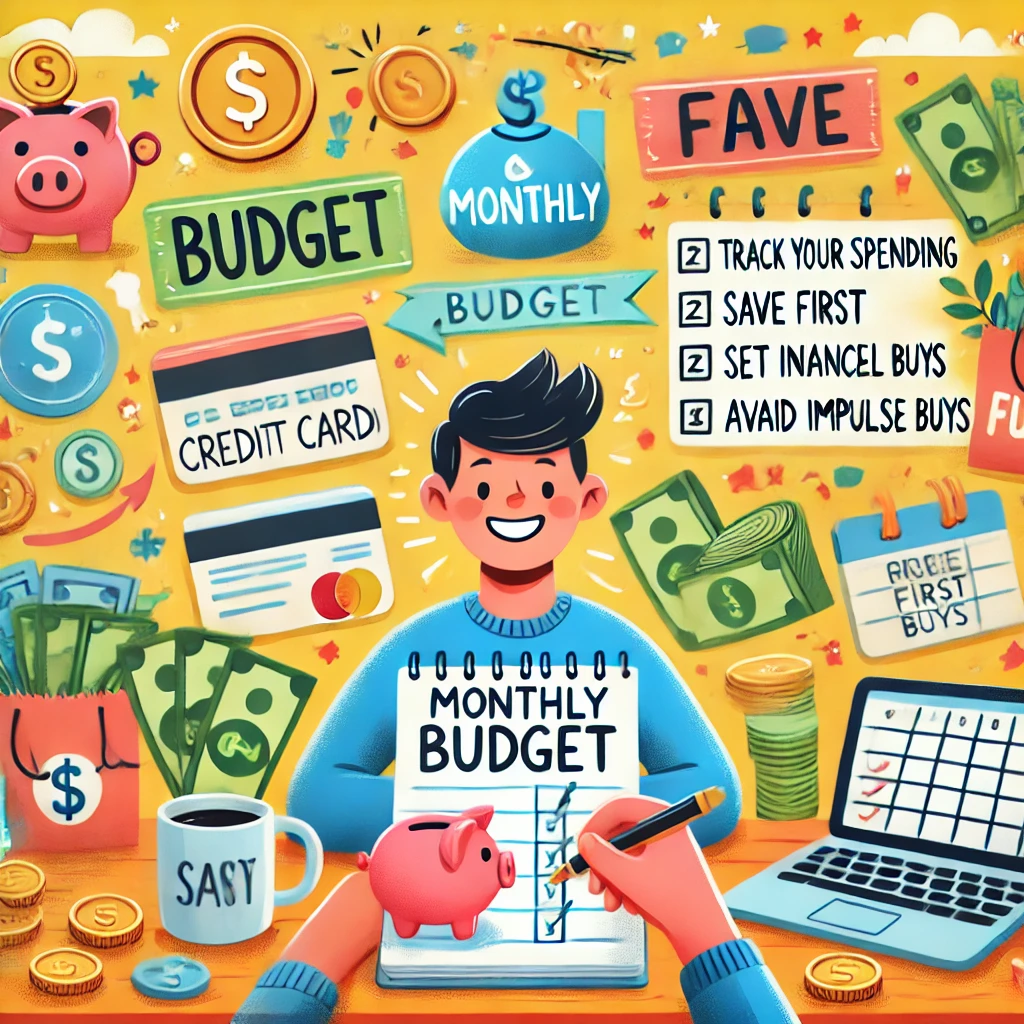I will share at the end Budgeting for Beginners PDF file so bear with me
Managing money effectively starts with a solid budget.
Budgeting isn’t just about restricting spending; it’s about gaining control over your finances and working toward financial goals.
Whether you want to pay off debt, save for a big purchase, or simply stop living paycheck to paycheck, a budget is the foundation for financial success.
If you’re new to budgeting, this guide on budgeting for beginners PDF file will help you get started and stay on track.

1. Understand Your Income and Expenses
Before you create a budget, you need to know where your money is coming from and where it’s going. This means:
- Calculating your total monthly income, including salary, side hustles, or passive income.
- Listing all your expenses, including rent, utilities, groceries, insurance, transportation, and entertainment.
- Categorizing expenses into fixed costs (bills that stay the same) and variable costs (expenses that fluctuate, such as dining out or shopping).
Tracking your income and spending for at least one month will provide a clear picture of your financial habits.
This is a crucial step as you will learn in budgeting for beginners PDF file.
2. Choose a Budgeting Method
Several budgeting techniques can help you allocate your income effectively. Here are three popular methods:
- 50/30/20 Rule: This method divides your income into three categories: 50% for necessities, 30% for wants, and 20% for savings or debt repayment.
- Zero-Based Budgeting: Every dollar you earn is assigned a specific purpose, ensuring no money is wasted.
- Envelope System: Cash is divided into envelopes for different spending categories, preventing overspending.
Choose a method that aligns with your financial situation and lifestyle.
All methods are included in budgeting for beginners PDF to help simplify money management.
3. Prioritize Essential Expenses
Needs should always come before wants. Ensure your budget covers:
- Rent/mortgage
- Utilities
- Groceries
- Transportation
- Insurance
- Minimum debt payments
Once these are covered, you can allocate money to discretionary spending and savings.
4. Reduce Unnecessary Expenses
If you find that you’re spending too much, look for areas to cut back. Some simple ways to save money include:
- Cooking at home instead of eating out.
- Canceling unused subscriptions.
- Using public transportation or carpooling.
- Shopping with a list to avoid impulse purchases.
Small changes can add up over time and free up money for important financial goals.
Implementing what’s included in budgeting for beginners PDF file will improve your financial discipline.
5. Automate Savings and Bill Payments
To ensure you’re consistently saving money and avoiding late fees, automate the process:
- Set up automatic transfers to a savings account.
- Schedule bill payments to prevent late fees.
- Use budgeting apps to track expenses in real time.
By automating savings, you’ll build financial security without having to think about it.
6. Build an Emergency Fund
Unexpected expenses can derail your budget if you’re not prepared. Aim to save at least three to six months’ worth of living expenses. Start small if necessary—even setting aside $10 a week can grow into a solid safety net over time.
7. Pay Off Debt Strategically
If you have debt, prioritize paying it off to reduce financial stress. Two effective strategies are:
- Snowball Method: Pay off the smallest debt first to build momentum.
- Avalanche Method: Focus on debts with the highest interest rates to save more money in the long run.
Eliminating debt frees up money for savings and investments.
This is a crucial and effective step listed under my budgeting for beginners PDF file.
8. Use Budgeting Tools and Apps
Technology makes budgeting easier than ever. Consider using apps like:
- Mint: Tracks spending and categorizes expenses.
- YNAB (You Need A Budget): Helps you plan for every dollar.
- PocketGuard: Prevents overspending by showing how much is available after bills and savings.
These tools simplify the budgeting process and keep you accountable.
9. Review and Adjust Your Budget Regularly
A budget isn’t static; it needs to evolve with your financial situation. Set aside time each month to:
- Compare actual spending with your budget.
- Adjust categories as needed.
- Plan for upcoming expenses like holidays or car maintenance.
Being flexible with your budget helps you stay on track without feeling restricted.
10. Stay Consistent and Motivated
Building good financial habits takes time, so be patient with yourself. Celebrate small victories, whether it’s saving your first $1,000 or paying off a credit card. Set realistic goals and remind yourself why you started budgeting in the first place.
Sticking to what is listed under budgeting for beginners PDF will help you stay on the right track.
Conclusion
Budgeting is a powerful tool that gives you control over your financial future.
By tracking expenses, cutting unnecessary spending, and prioritizing savings, you can build financial stability and achieve your goals.
Start with small, manageable steps and stay consistent—your future self will thank you.
Now, click on budgeting for beginners PDF to dhowload your free guide.
